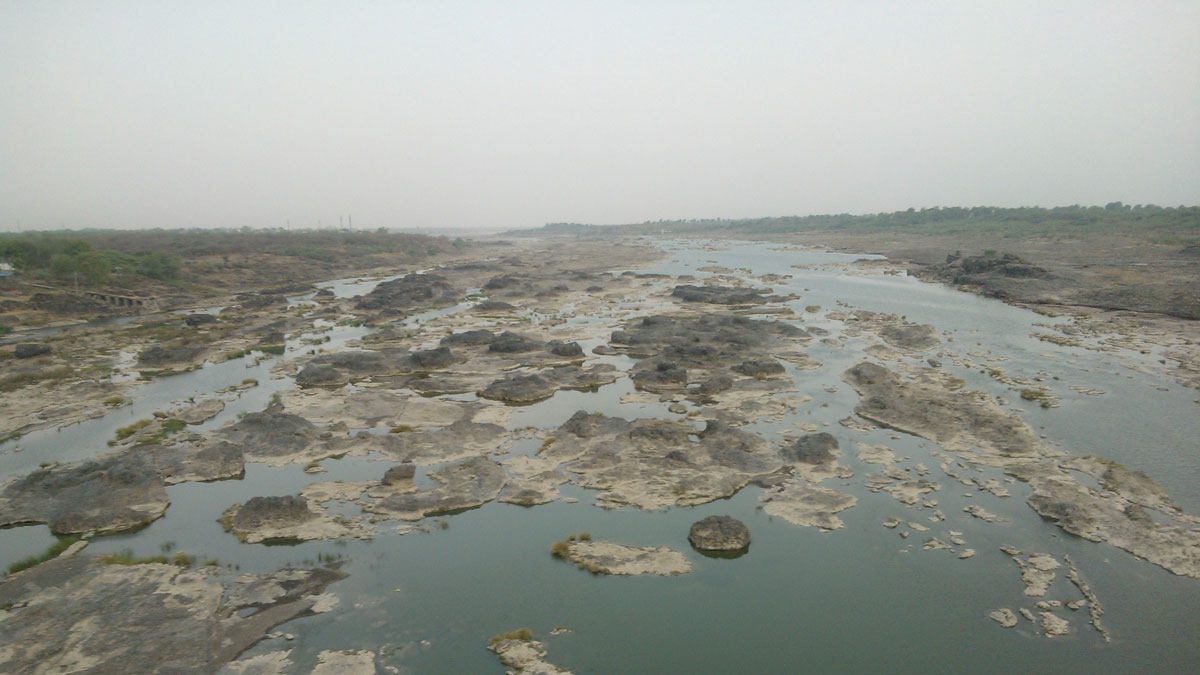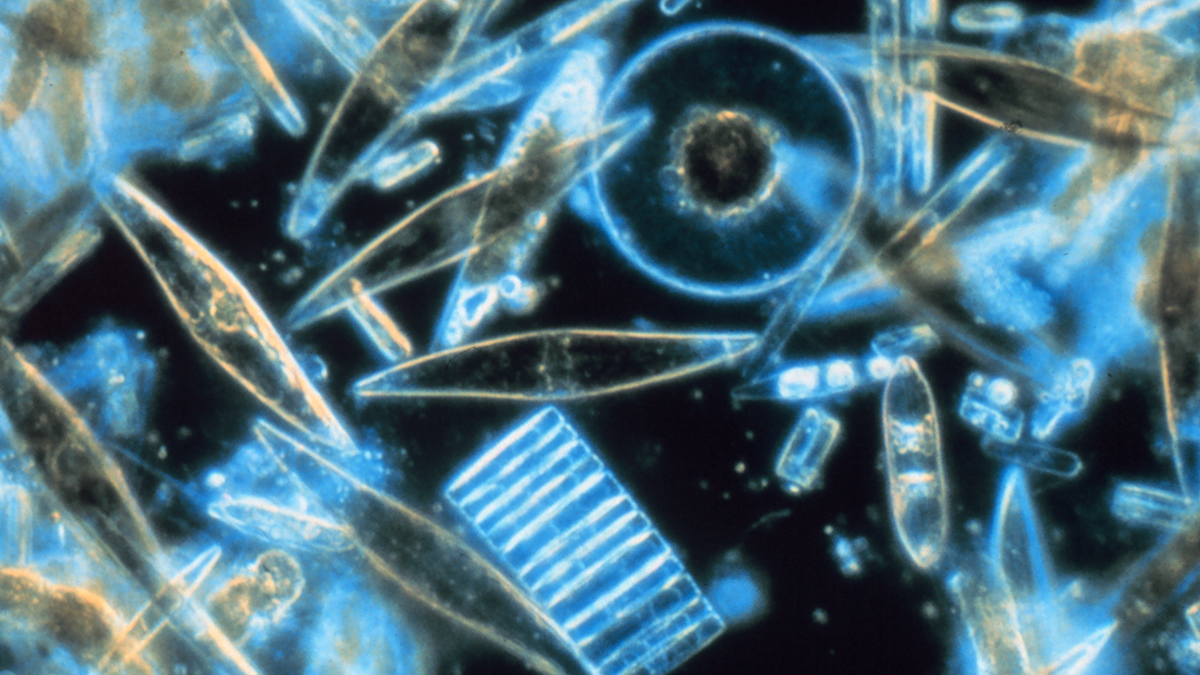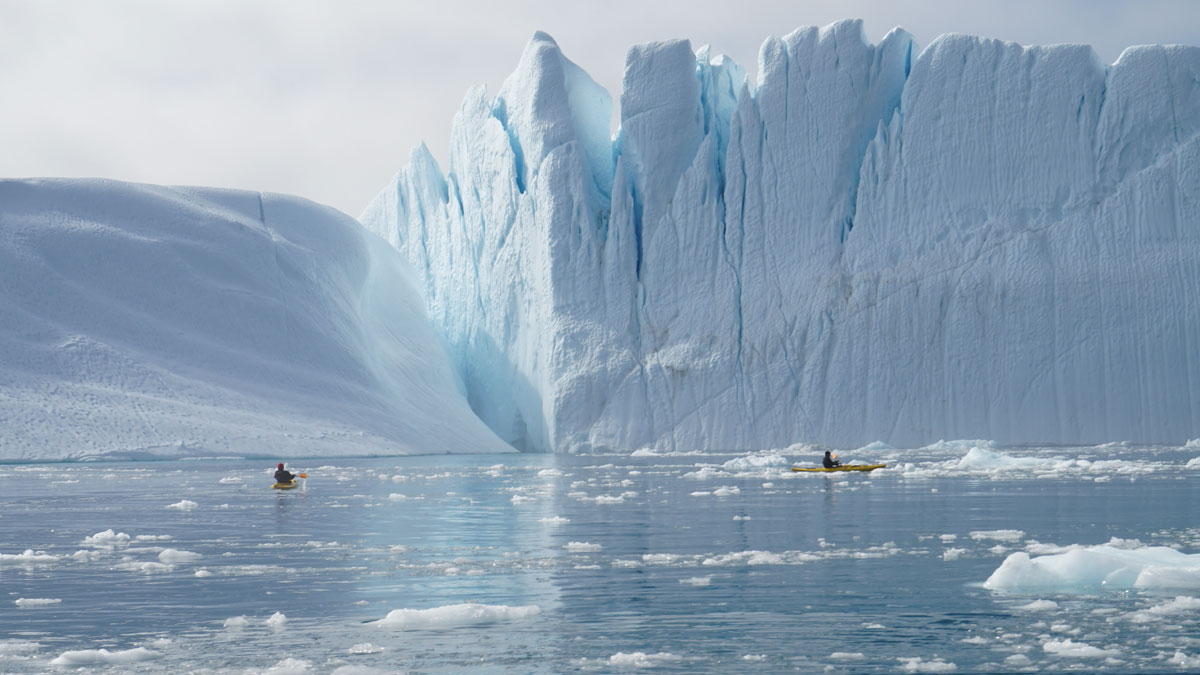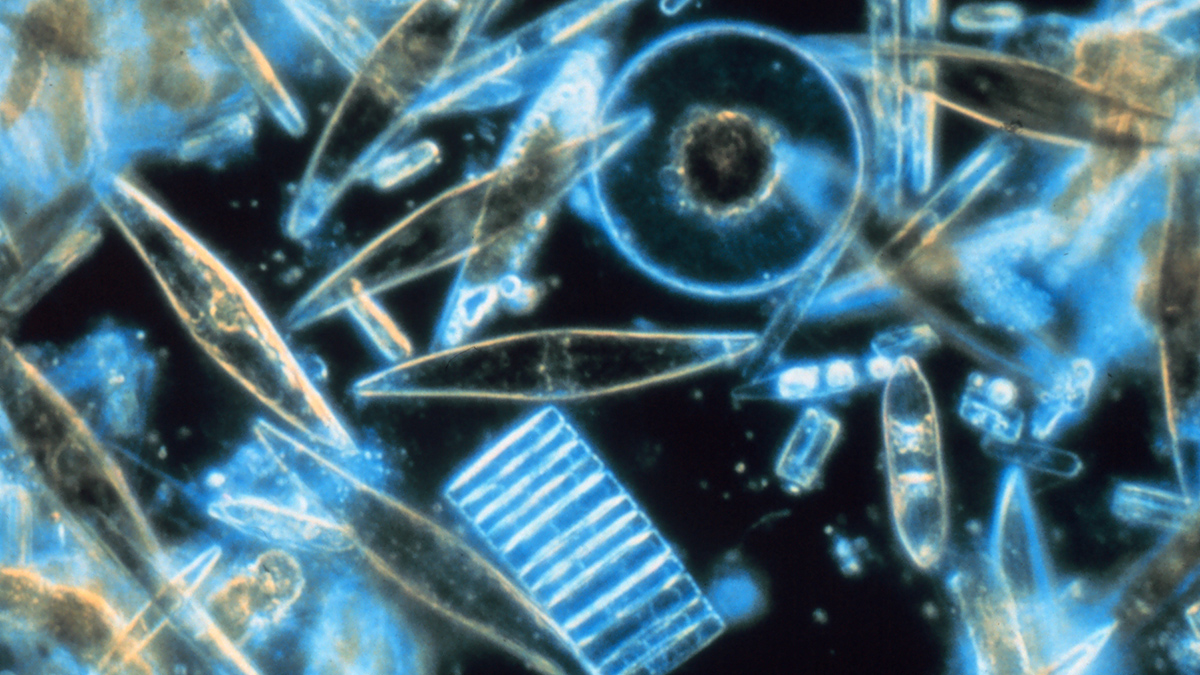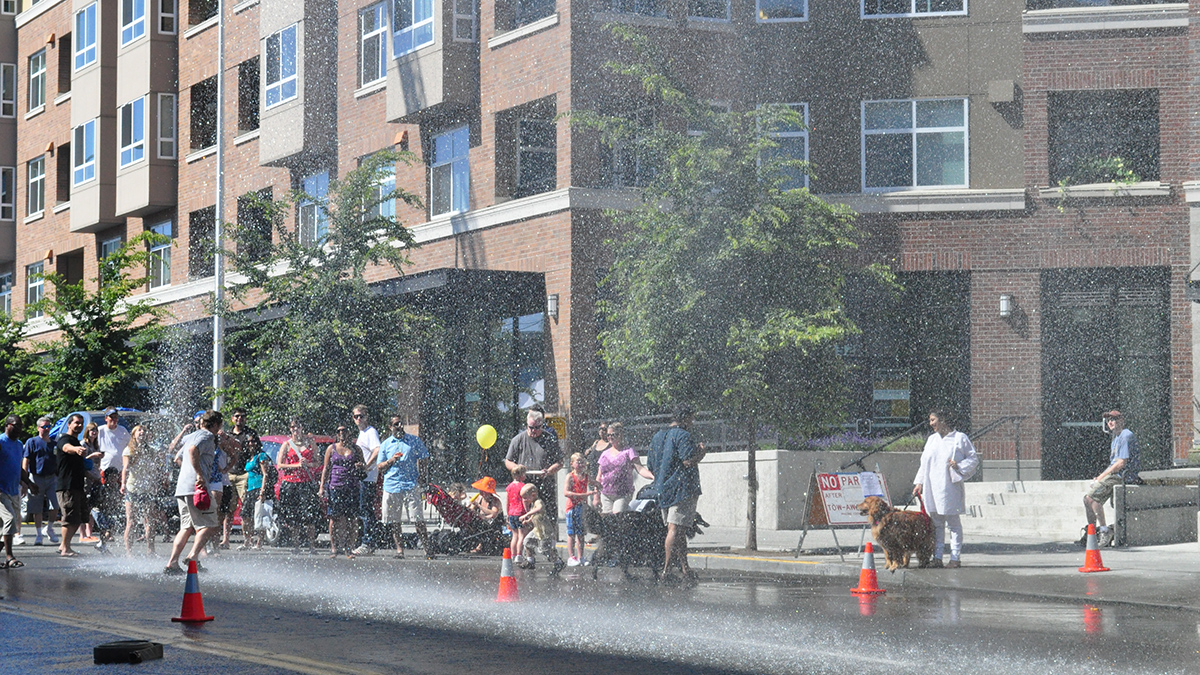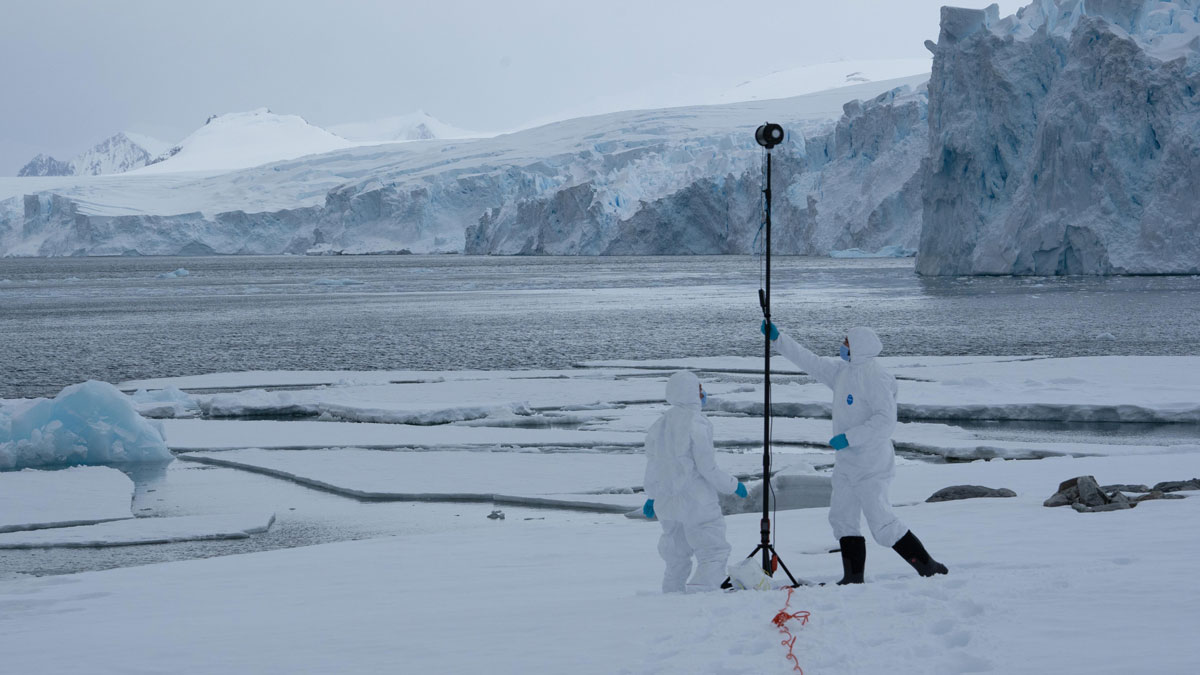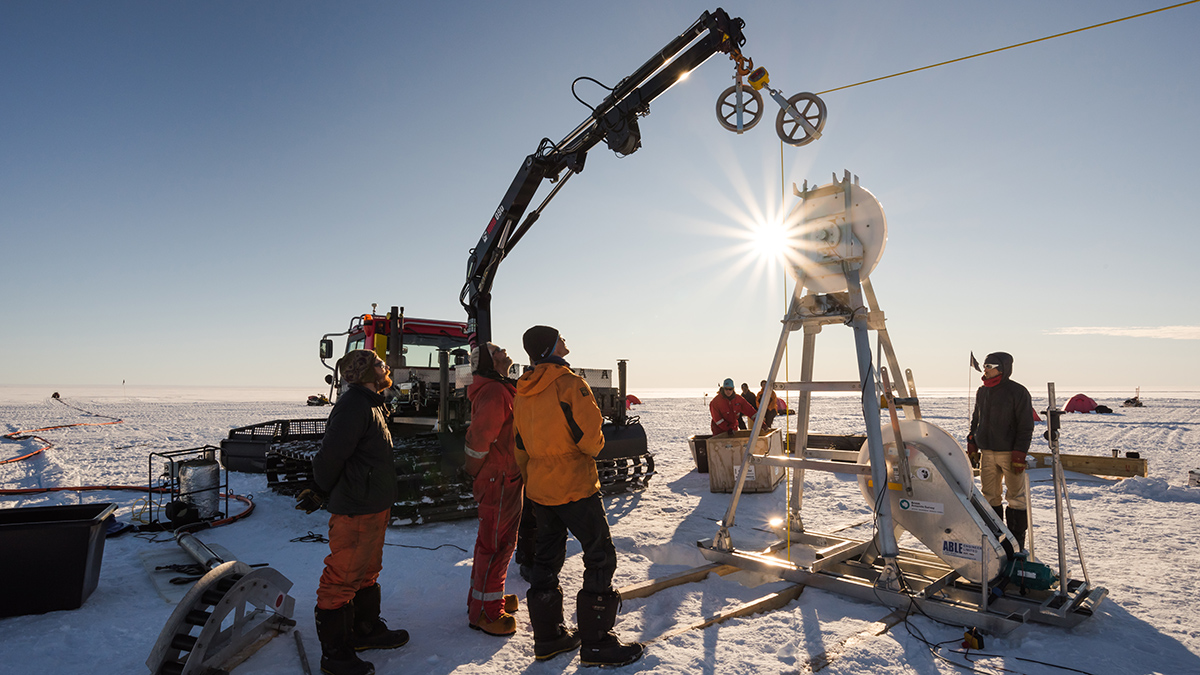A new study reconstructs roughly 800 years of streamflow history in India’s major rivers, showing an increase in synchronous drought linked to anthropogenic climate change.
Research Spotlights
Research spotlights are plain-language summaries of recent articles published in AGU’s suite of 24 journals.
Paleoclimate Patterns Offer Hints About Future Warming
A new study examines 10 million years of sea surface temperature data to offer predictions about how future warming may unfold.
Underwater Glacier-Guarding Walls Could Have Unintended Consequences
Although they would likely impede the warm currents that melt glaciers, such walls would also likely block fish migration and nutrient upwelling, harming marine ecosystems and Greenland fisheries.
Mysteriously Bright Waters near Antarctica Explained
Shiny-shelled diatoms make a remote part of the Southern Ocean appear especially reflective in satellite imagery.
How North Carolina Trash Traps Could Help Inform Policy
Staff and volunteers at Waterkeepers collected and categorized more than 150,000 pieces of trash from the state’s waterways, the vast majority of which were plastic.
When Is a Climate Model “Good Enough”?
Models will always have bugs. How do scientists decide which ones are most important and how many is too many?
Extreme Heat in U.S. Cities Revealed at High Resolution
Data from personal weather stations power a novel way to detect urban heat islands.
¿Pueden los microorganismos prosperar en la atmósfera terrestre o simplemente sobreviven allí?
Un enfoque de modelización ascendente podría acercar a los científicos a la comprensión de las comunidades de microbios en la atmósfera.
Strong Tides Speed Melting of Antarctic Ice Shelves
Ocean currents along the underside of the ice are a major control over melting.

